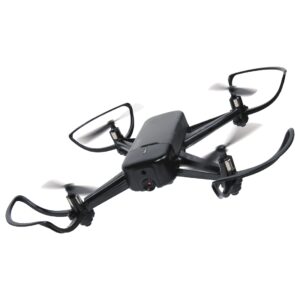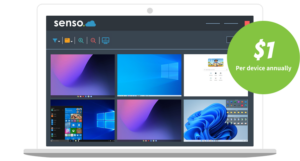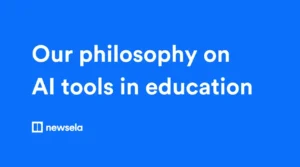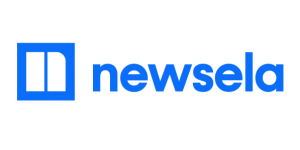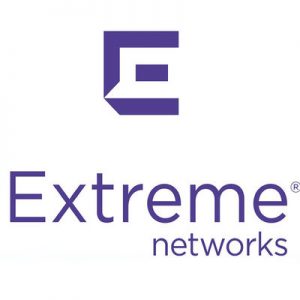It happens in every school district – after a couple of years, old computers, broken tablets, and other decommissioned devices start piling up in a closet. They’re no use to teachers or students anymore, but you can’t just throw them in a dumpster. So, what are you supposed to do with all of that e-waste?
Here in Illinois, e-waste recycling and technology buyback programs offer a secure and eco-friendly solution.
E-waste recycling is a multi-step method for disposing of electronic devices that mitigates environmental hazards and offers opportunities to recover valuable material. To kickstart this process, some electronics manufacturers and resellers offer buyback programs, which offer school districts compensation for their old equipment.
With ILTPP’s support, your district can take advantage of both solutions. Several of our trusted Vendor Partners can clear out your district’s e-waste backlog while recouping costs you can spend on your next big technology purchase.
What is the Difference Between E-Waste Recycling and Buyback Programs?
Though they work hand-in-hand, e-waste recycling and technology buyback programs are separate strategies for reducing your institution’s e-waste backlog.
Here’s how each solution works:
E-Waste Recycling
E-waste recycling describes any program that focuses on responsibly collecting and disposing of broken, outdated, or otherwise unusable electronics.
These programs start at a consumer level, offering participants a streamlined method for packing up and shipping away their unwanted devices. From there, the recycler disassembles the old equipment and safely removes hazardous materials like lead, mercury, and cadmium. Some valuable metals – especially gold, silver, and palladium – are also removed during recycling.
In all, e-waste recycling is an environmentally conscious strategy for ensuring your district’s old electronics don’t take up extra space in your schools or contribute to environmental pollution.
Technology Buyback Programs
Technology buyback programs offer institutions a financial incentive for returning functioning or repairable devices rather than throwing them away. They are typically offered by electronics sellers, who work with an electronics recycling company to responsibly dismantle old equipment and return a portion of their value to the original buyer.
With these programs, schools can eliminate their unused device backlog while budgeting for their replacement. Technology buyback programs also empower districts to efficiently cycle new hardware into their classrooms while remaining budget-conscious.
ILTPP’s Trusted E-Waste Recycling & Technology Buyback Partners
ILTPP is proud to work with five reputable vendors who offer a variety of e-waste recycling and technology buyback options.
Check them all out when your district is ready to add sustainability to its technology purchasing plans:
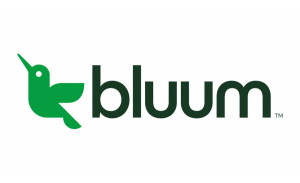 R2 and RIOS certified, offering data destruction, sanitization, remarketing, recycling, packaging, and removal services, committed to environmental compliance and risk mitigation.
R2 and RIOS certified, offering data destruction, sanitization, remarketing, recycling, packaging, and removal services, committed to environmental compliance and risk mitigation.
Locations in Granite City, Waukegan, and Batavia.
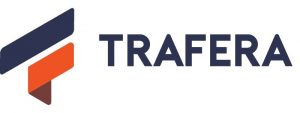
Provides a three-step trade-in program with a questionnaire, packaging supplies, and equipment testing for accurate value assessment.
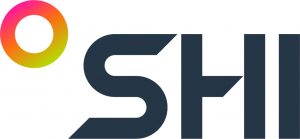
Offers upfront estimates, asset tag removal, data sanitization, fair market value, zero-landfill recycling, and return box kits for large quantities. Onsite data destruction is available for an additional fee.
 Specializes in Chromebooks, Apple, and Windows devices. Offers customizable buyback services, white-glove packaging and hauling, and secure packaging and return labels. They also handle device auditing and provide clear communication throughout the process. Learn more about The Simple Process.
Specializes in Chromebooks, Apple, and Windows devices. Offers customizable buyback services, white-glove packaging and hauling, and secure packaging and return labels. They also handle device auditing and provide clear communication throughout the process. Learn more about The Simple Process.
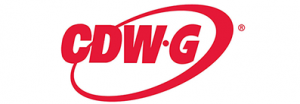 Offer a complete service for secure and eco-friendly removal of your IT equipment. They handle everything from pickup and packaging to transport and disposal, providing documentation and ensuring data security.
Offer a complete service for secure and eco-friendly removal of your IT equipment. They handle everything from pickup and packaging to transport and disposal, providing documentation and ensuring data security.
Why Choose an ILTPP Vendor Buyback Program?
By using an ILTPP-approved vendor, your district gains:
- Pre-vetted and reputable partners: Our team has done the legwork to ensure you work with reliable companies. Many have already worked with other Illinois school districts, so they understand your institution’s needs and priorities.
- Simplified process: Avoid the hassle of public auctions or RFPs.
- Competitive pricing: Get fair market value for your used equipment.
- Additional benefits: Some vendors offer services for packaging, removal, and data destruction – all at a reduced rate.
Your Partner for Clearing Out E-Waste
Don’t let your district’s old electronics become a burden! Partner with an ILTPP Vendor Partner to recycle your e-waste responsibly and free up space for new devices. You may earn back some cash while doing your part for the environment, so it’s a win-win.
Contact an ILTPP partner today to start your next technology refresh.

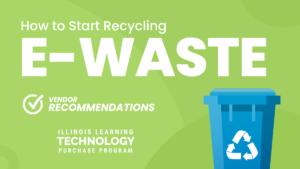



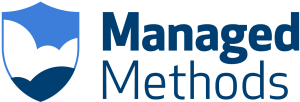


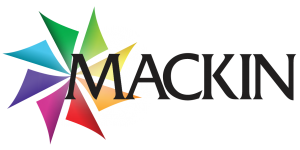


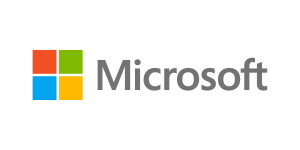

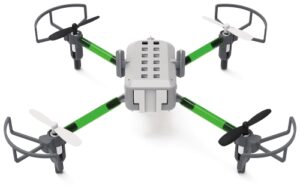
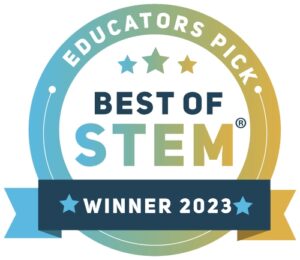 Drone Maker Kit (92130) –
Drone Maker Kit (92130) –